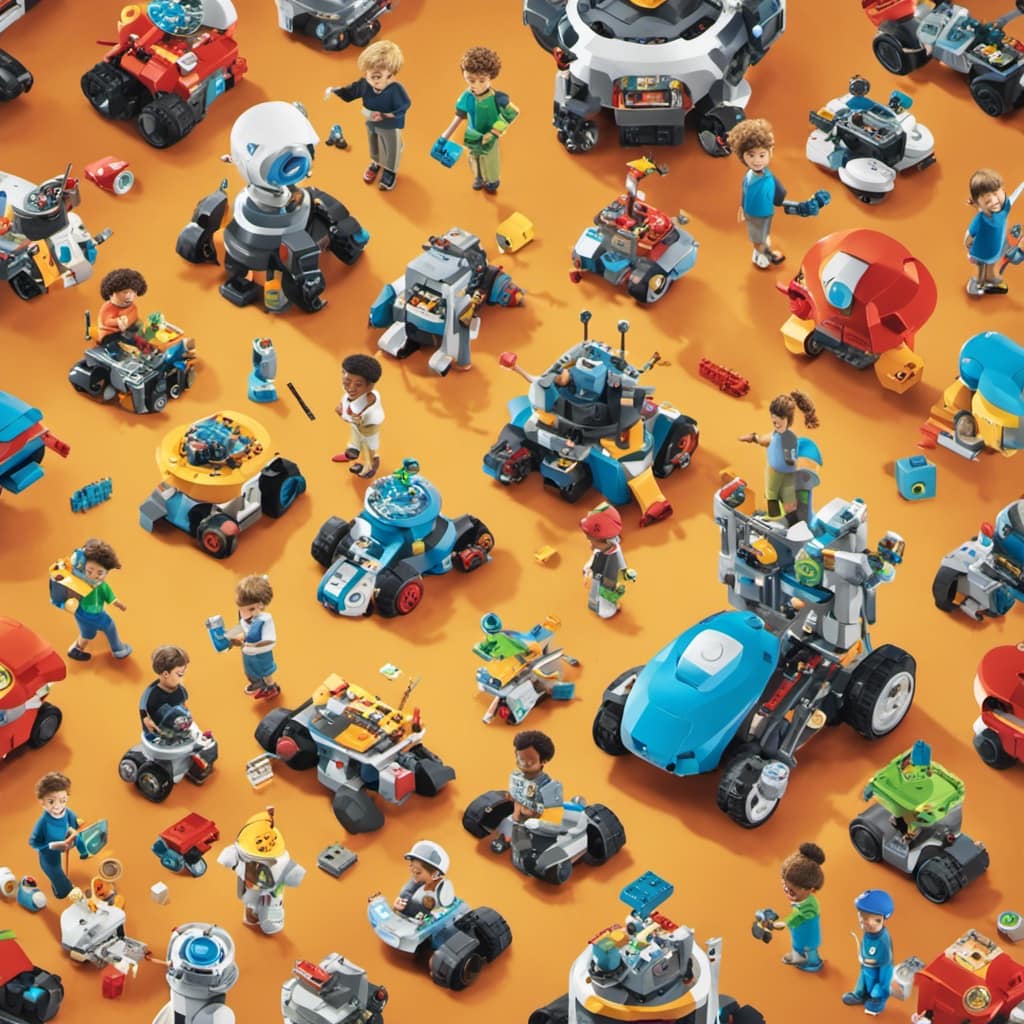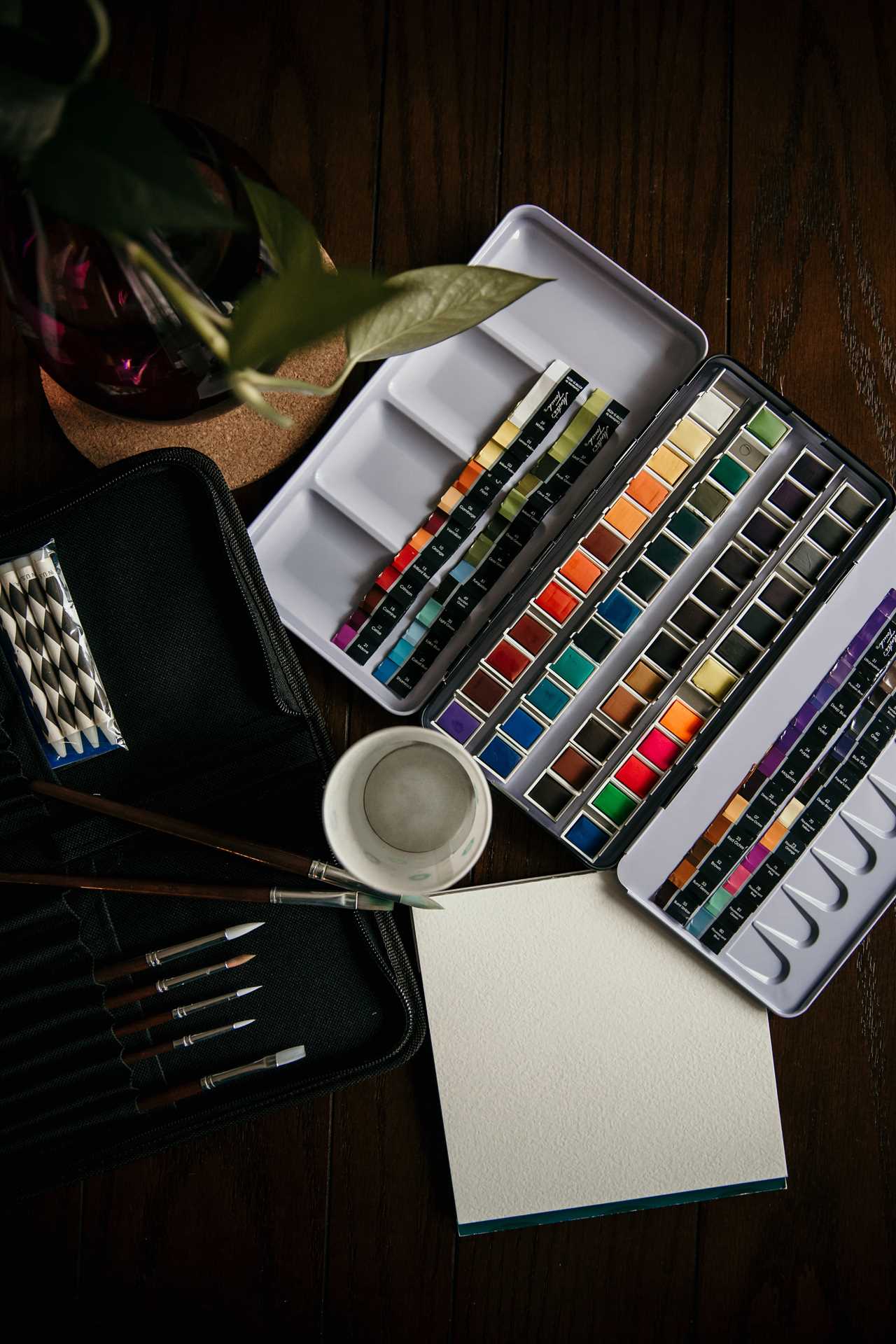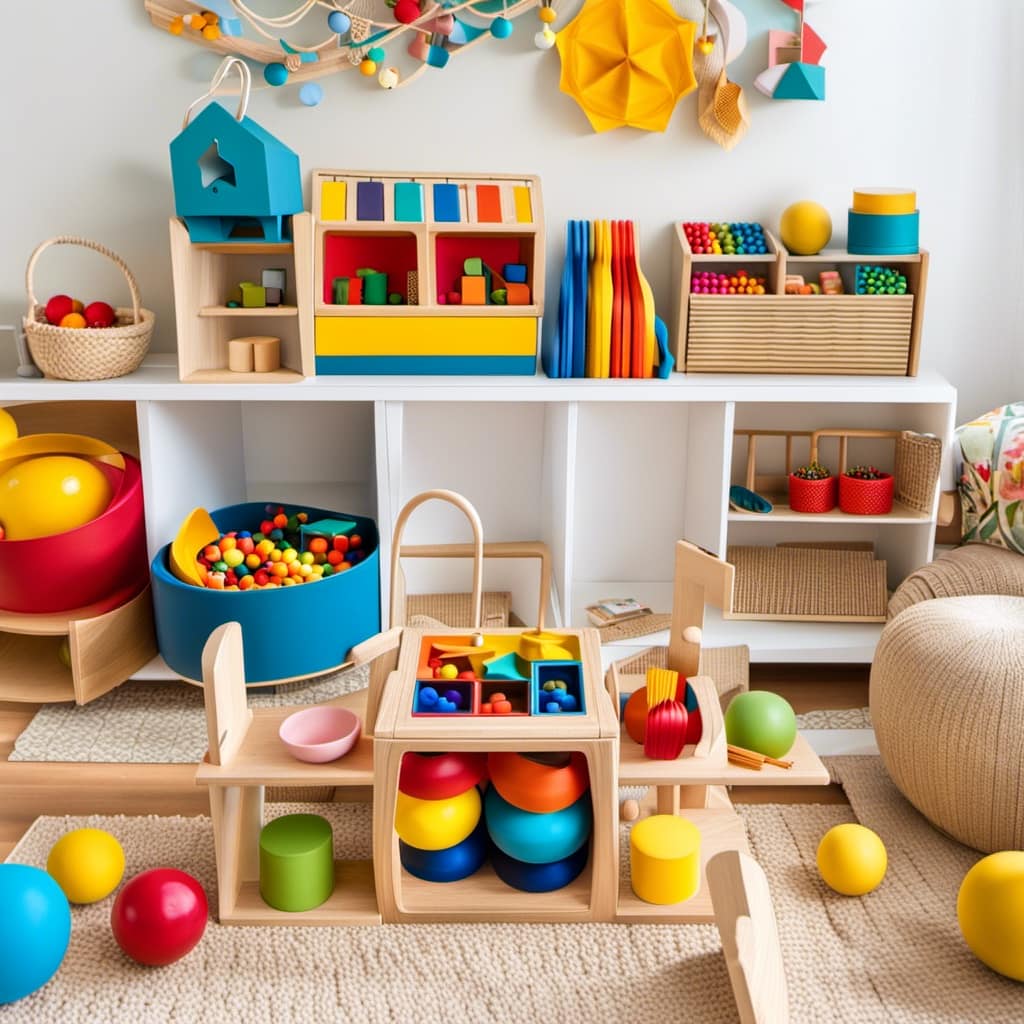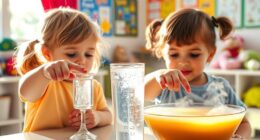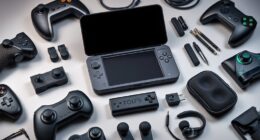Toy lovers, we need you!
We’ve got the scoop on how to keep your educational toys in tip-top shape. With our 13 essential tips, you’ll learn how to inspect, clean, and store your toys properly.
We’ll show you how to avoid harsh chemicals and teach your little ones good toy care habits.
So, let’s dive in and ensure that your educational toys stay safe, clean, and ready for countless hours of playtime fun!

Key Takeaways
- Regular inspections and maintenance are crucial for ensuring the safety, longevity, and enjoyment of educational toys.
- Proper cleaning and disinfection practices are essential to maintain the overall condition and hygiene of toys.
- Proper storage techniques protect toys from damage and promote organization and tidiness.
- Teaching children proper toy care habits, such as regular cleaning and gentle handling, promotes cleanliness, responsibility, and respect for their belongings.
Inspect Toys Regularly
We regularly inspect our educational toys to ensure they’re in good condition and safe for use. The frequency of inspection is crucial in maintaining the quality and safety of the toys.
By conducting regular inspections, we can identify any potential hazards or damage that may have occurred during playtime. It’s important to prioritize the regular maintenance of educational toys because it not only extends their lifespan but also ensures the well-being of the children using them.
Regular inspections allow us to address any issues promptly, such as loose parts or broken pieces, reducing the risk of accidents or injuries.
Moving forward, it’s equally important to know how to clean toys properly, as this contributes to maintaining their overall condition and hygiene.
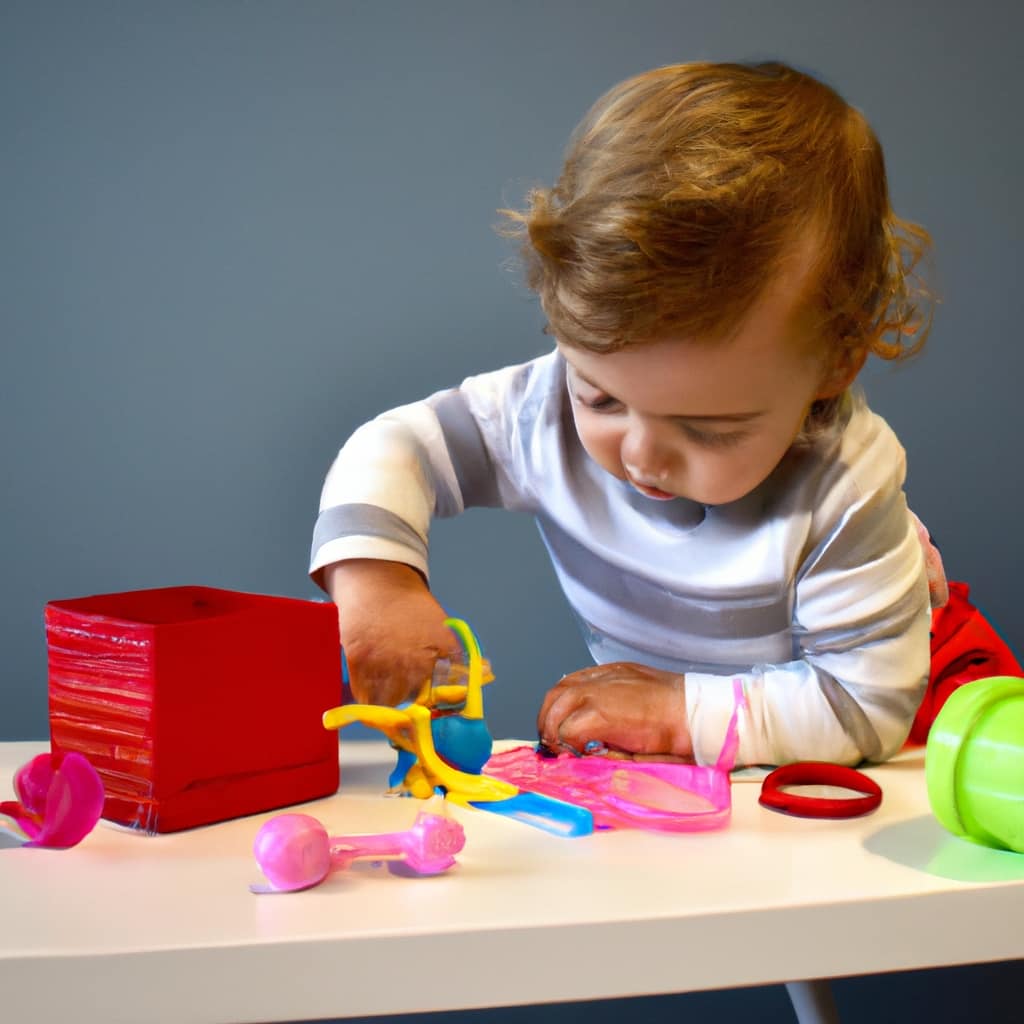
Clean Toys Properly
To maintain the quality and hygiene of educational toys, it’s essential to regularly clean them using appropriate methods. Here are some tips to help you clean your toys properly:
-
Use gentle cleaning techniques: Avoid using harsh chemicals or abrasive materials that can damage the toys. Instead, opt for mild soap and water or toy-specific cleaning solutions.
-
Clean all surfaces: Pay attention to all the nooks and crannies of the toys, including buttons, crevices, and edges. Use a soft cloth or a small brush to reach difficult areas.
-
Proper drying: After cleaning, ensure that the toys are thoroughly dried before storing or using them again. Moisture can lead to mold or bacterial growth, which can be harmful to children.
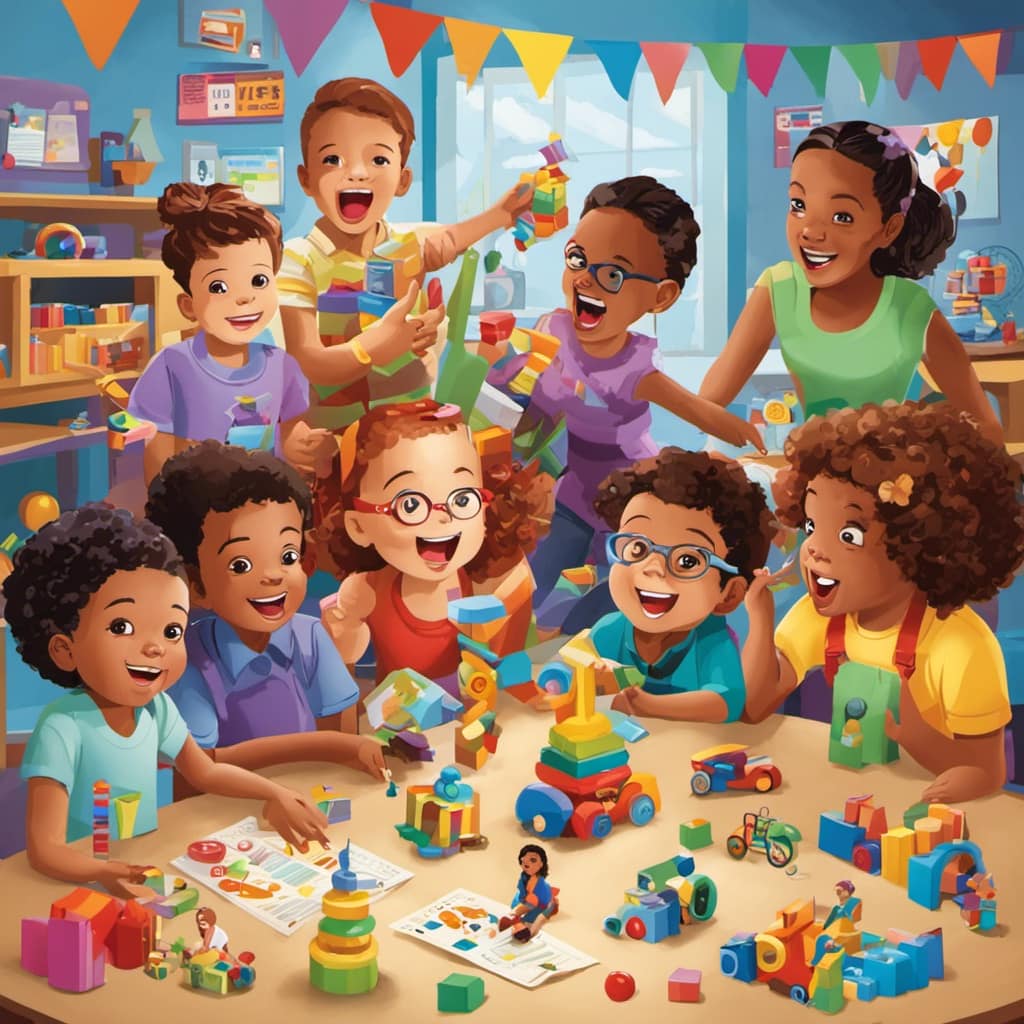
-
Regular cleaning schedule: Establish a routine for cleaning the toys, especially those that are frequently used. This will help maintain their cleanliness and extend their lifespan.
Avoid Harsh Cleaning Chemicals
When cleaning educational toys, it’s important to avoid the use of harsh cleaning chemicals. These chemicals can’t only damage the toys but also pose a risk to the health and safety of children. Instead, opt for safe cleaning methods that are gentle yet effective.
One simple and effective method is to use a mixture of mild dish soap and warm water. This can be applied using a soft cloth or sponge to gently clean the toys.
Additionally, it’s important to consider the frequency of disinfection. While it’s necessary to clean toys regularly, excessive disinfection can also be harmful. Aim to clean toys at least once a week, or more frequently if they’ve been visibly soiled or used by sick children.

Store Toys in a Designated Area
After cleaning the educational toys, it’s important to assign a specific area for storing them. Toy maintenance and organization are crucial for keeping the toys in good condition and making them easily accessible for children. Here are four reasons why storing toys in a designated area is essential:
-
Safety: By storing toys in a specific area, you can prevent tripping hazards and ensure a safe environment for children to play.
-
Easy access: Having a designated storage area allows children to easily find and access their toys, fostering independence and encouraging play.
-
Longevity: Proper storage helps protect toys from damage, ensuring they last longer and can be enjoyed for years to come.
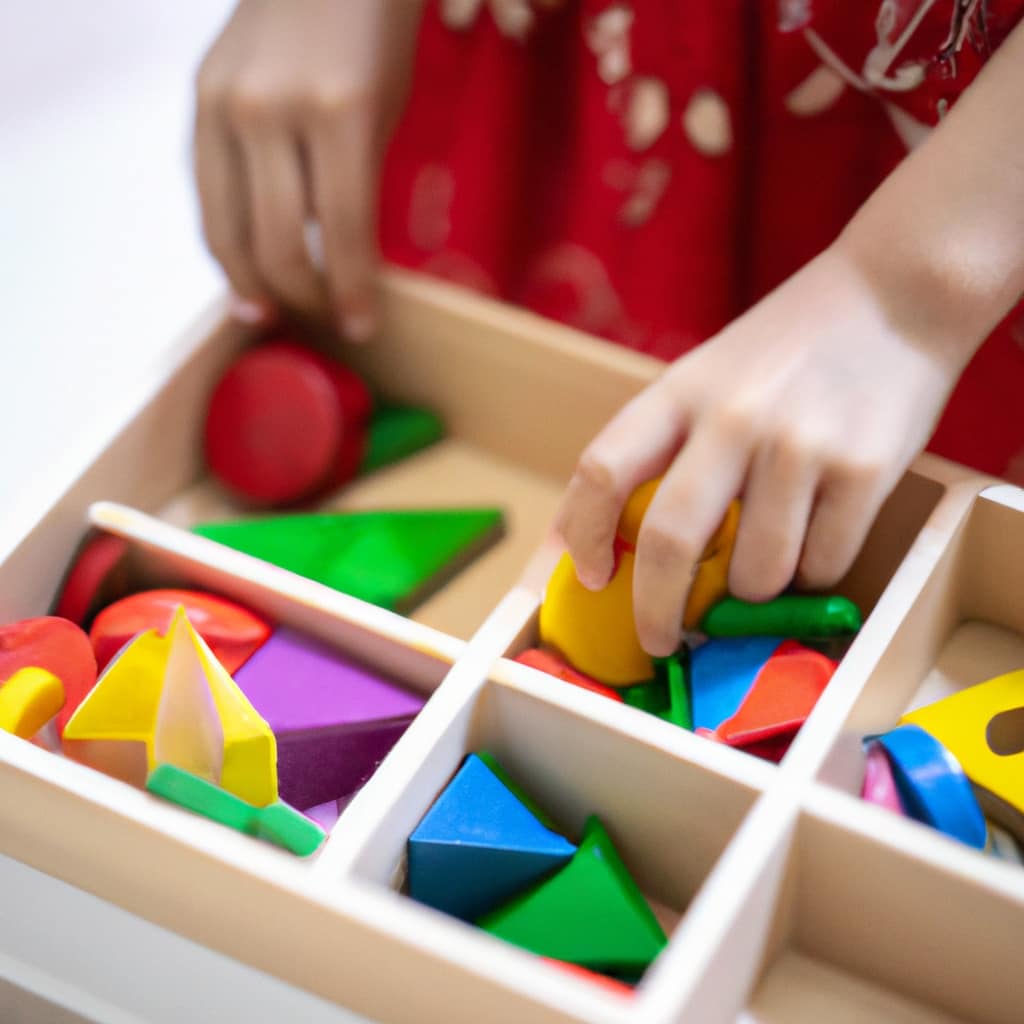
-
Organization: Storing toys in a specific area promotes tidiness and teaches children the importance of keeping their belongings in order.
Check for Loose or Damaged Parts
We should carefully inspect educational toys for any loose or damaged parts. This step is crucial in ensuring the safety and longevity of the toys.
To help you in this task, it’s beneficial to have a toy maintenance checklist handy. When examining the toys, look out for common signs of toy damage such as broken or missing pieces, frayed wires, loose screws, or chipped paint. These issues can pose a risk to children and should be addressed promptly.
Repair or Replace Broken Toys
To ensure the safety and longevity of educational toys, it’s important that we promptly address any broken or damaged toys by either repairing them or replacing them with new ones.
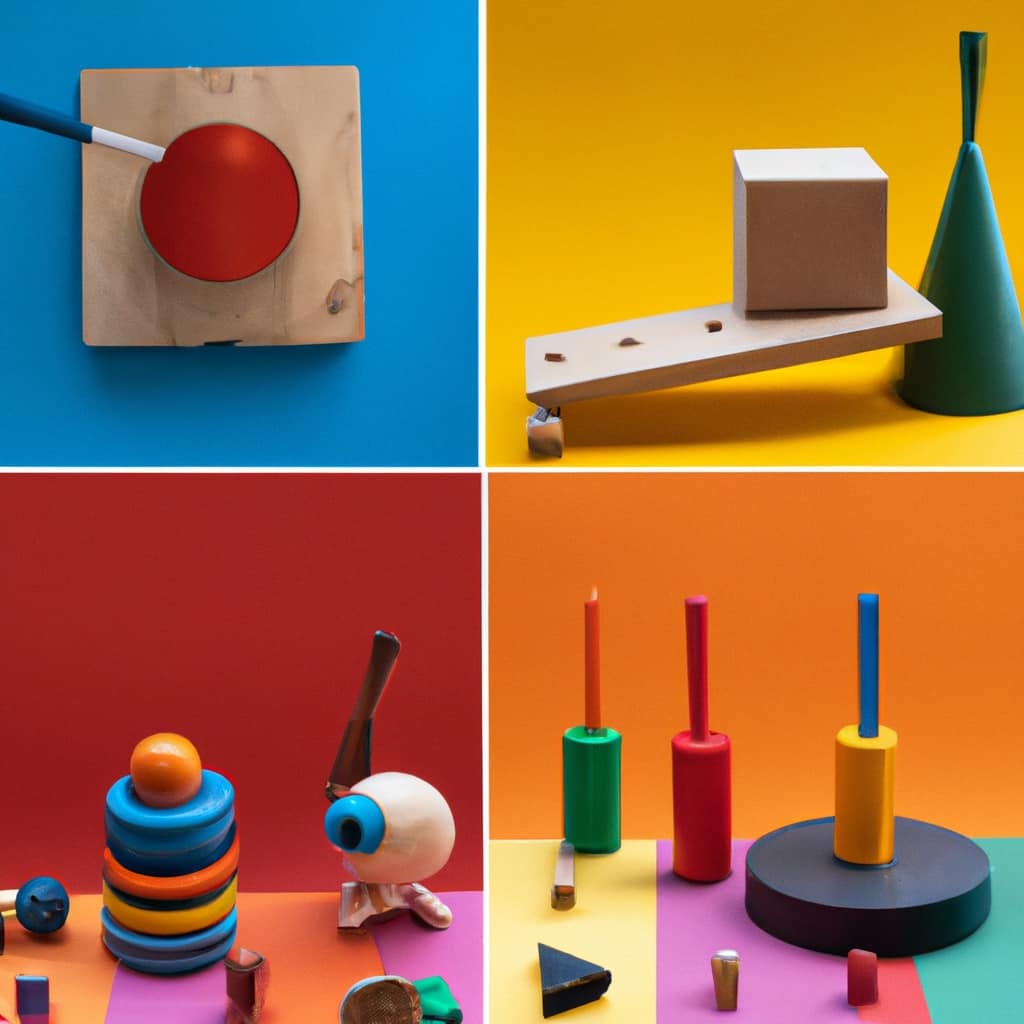
Here are four reasons why repair or replacement is crucial for toy maintenance:
-
Safety: Broken toys can pose a risk to children, causing injuries or accidents. By repairing or replacing them, we ensure a safe play environment.
-
Learning experience: Educational toys are designed to enhance children’s cognitive and physical development. When a toy is broken, it hinders their learning experience. Repairing or replacing the toy allows them to continue their educational journey.
-
Longevity: By repairing toys, we extend their lifespan, saving money and reducing waste. It also promotes sustainability and teaches children the value of taking care of their belongings.
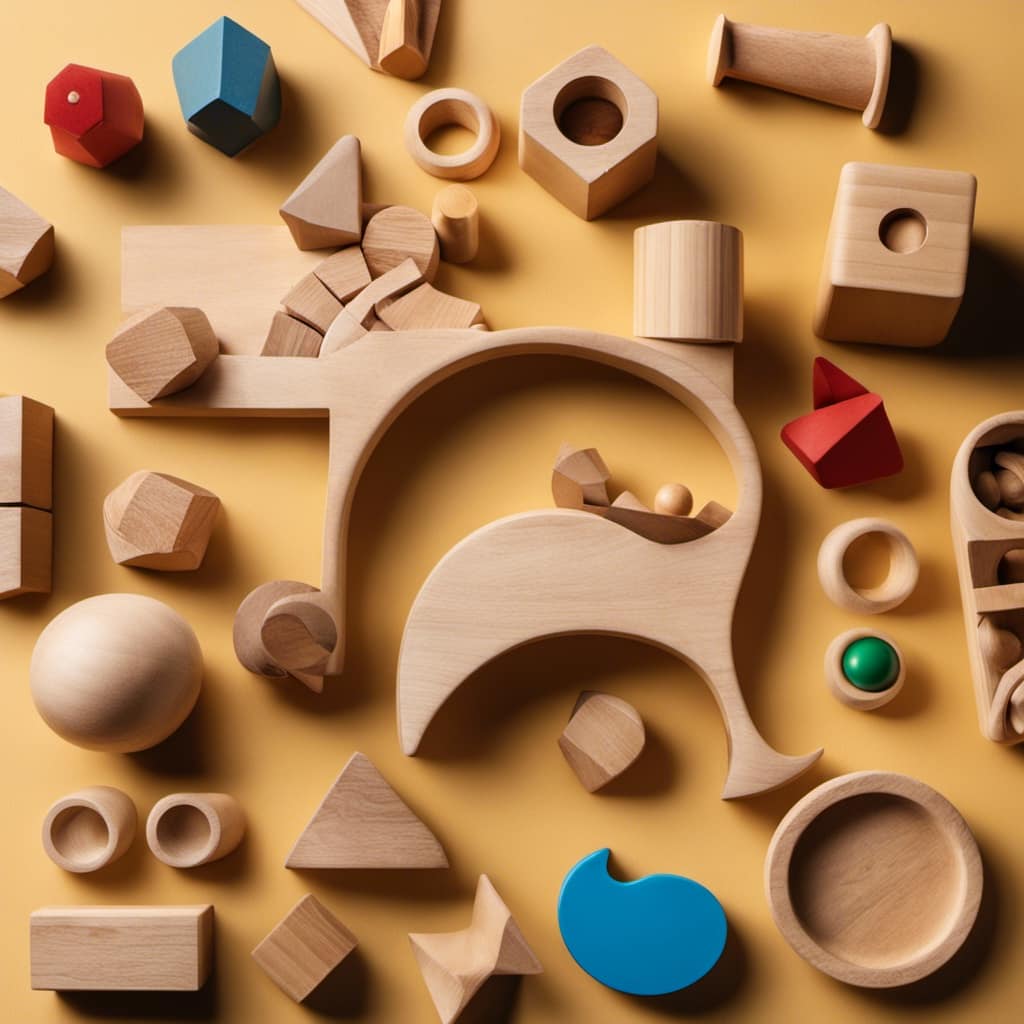
-
Emotional attachment: Children often develop a strong bond with their toys. Repairing or replacing broken toys shows them that we care about their happiness and fosters a sense of trust and security.
By promptly addressing broken toys, we ensure the safety and enjoyment of children’s playtime.
Now, let’s move on to the next essential tip: keeping toys away from moisture.
Keep Toys Away From Moisture
To maintain the quality and longevity of educational toys, it’s crucial to keep them away from moisture. Moisture can lead to rust or damage, which can render the toys unusable.
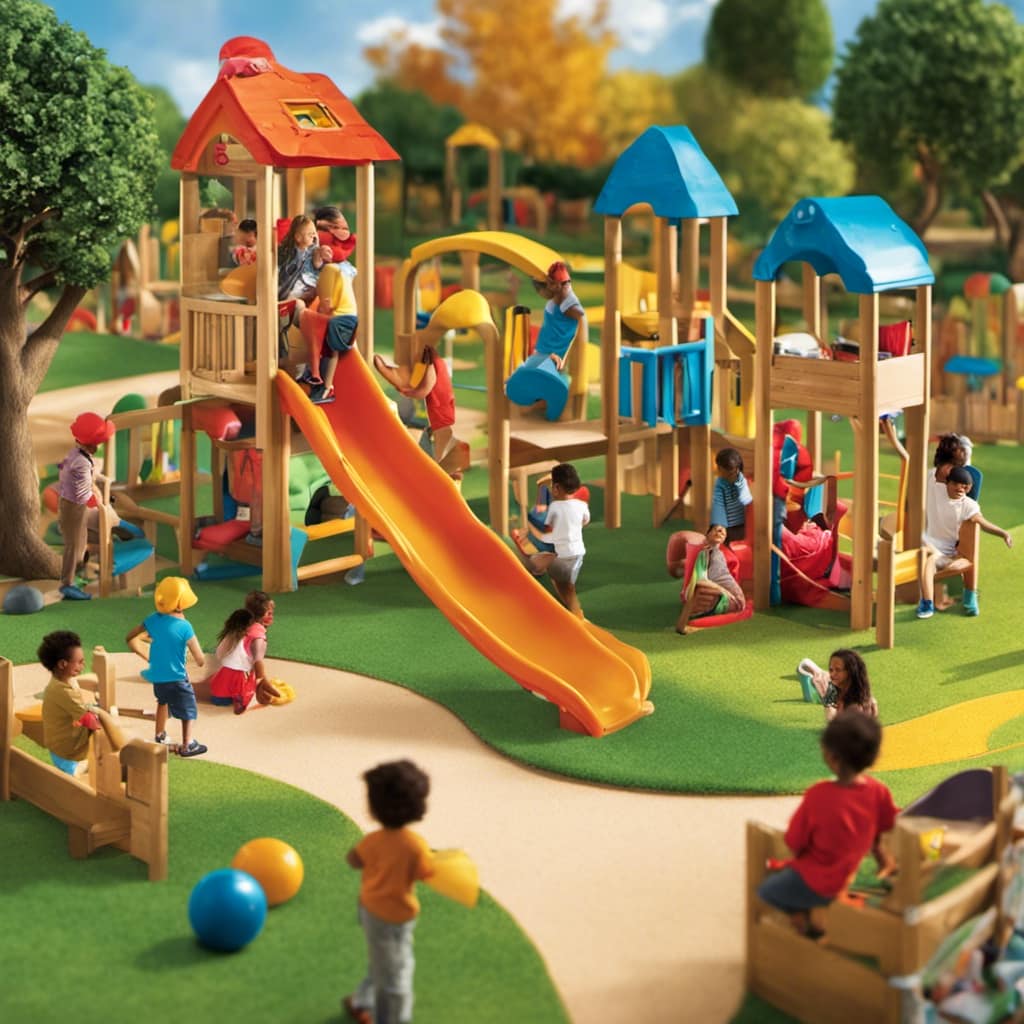
To prevent this, make sure to store the toys in a dry and well-ventilated area, away from any potential sources of water or humidity.
Preventing Rust or Damage
To prevent rust or damage, it’s essential to keep educational toys away from moisture. Moisture can cause metal parts to rust and wooden parts to warp or rot, ultimately rendering the toys unusable. Here are four simple steps to protect your educational toys:
-
Store toys in a dry environment: Keep toys away from areas prone to moisture, such as basements or bathrooms. Instead, opt for a clean and dry storage space.
-
Use moisture-absorbing products: Place moisture-absorbing packets or silica gel packs near the toys to help prevent the buildup of moisture.
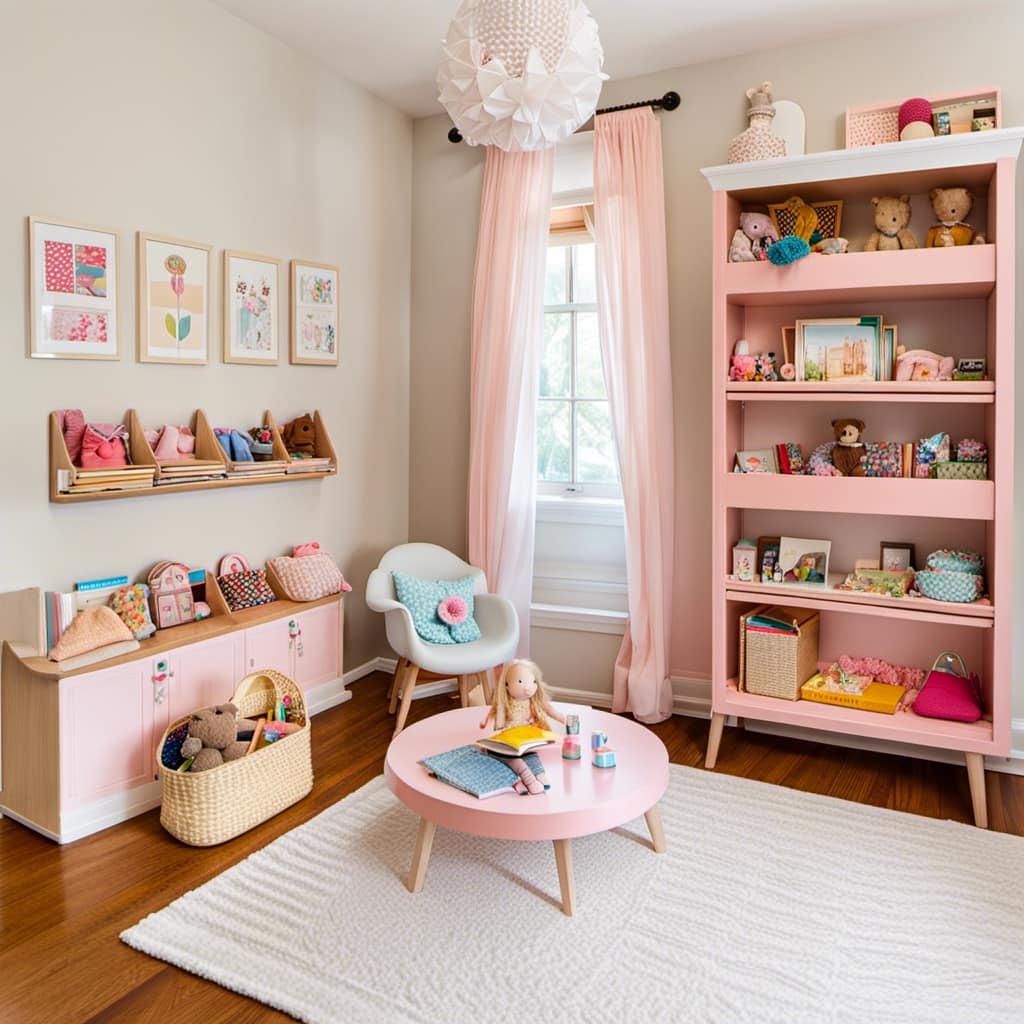
-
Clean and dry toys regularly: After playtime, make sure to wipe down toys and allow them to air dry completely before storing them.
-
Consider waterproofing options: If your educational toys are made of wood, consider using a waterproof sealant to protect them from moisture damage.
Storing Toys Properly
We should store educational toys in a dry environment to keep them away from moisture. Storing toys securely and organizing toy storage are essential for maintaining their quality and longevity. Moisture can lead to mold, rust, and damage to the toys, making them unsafe for children to play with. To prevent this, it’s important to store toys in a dry place, away from any sources of moisture such as basements or bathrooms. Consider using plastic bins or storage boxes with lids to keep the toys protected. Additionally, make sure to regularly check for any signs of moisture or water damage and address them promptly. By storing toys properly, we can ensure their durability and keep them in good condition for years to come.
To maintain the interest of children in their educational toys, it’s important to rotate the toys regularly.
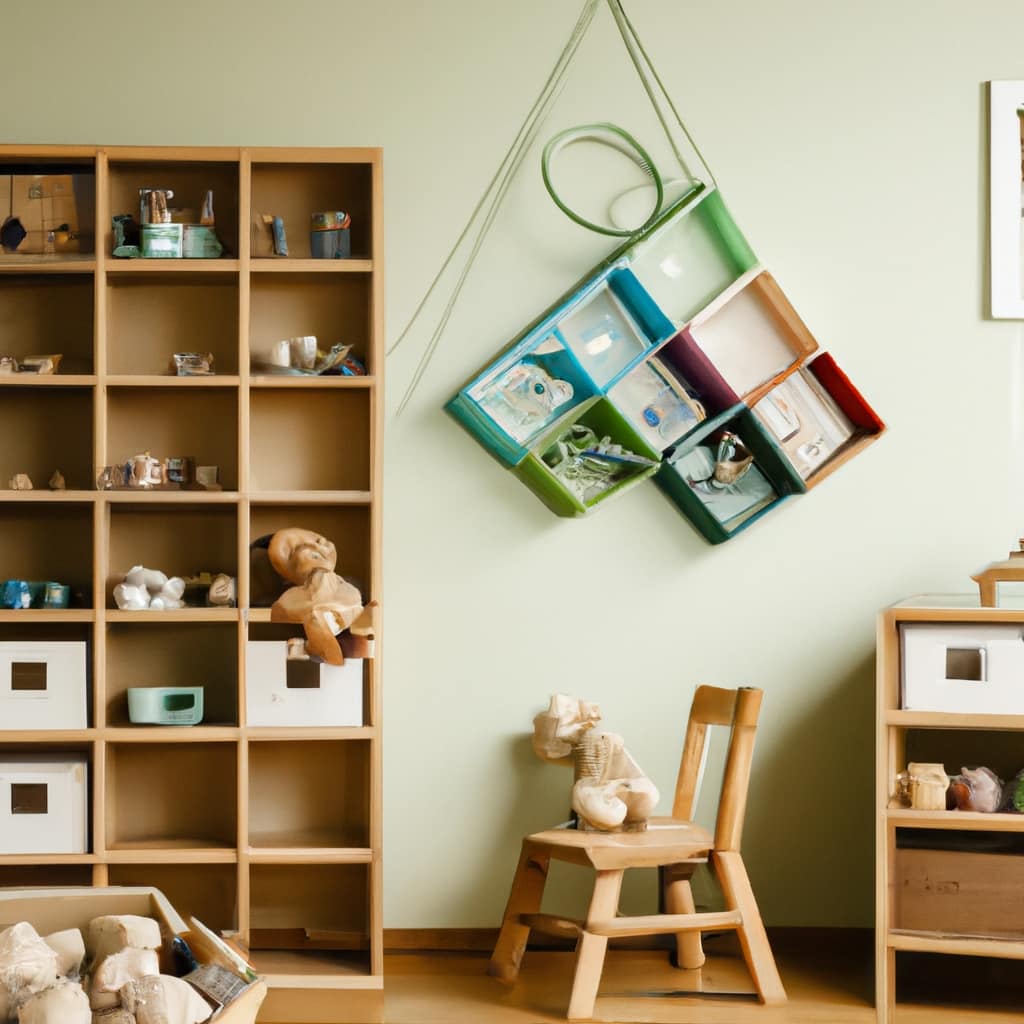
Rotate Toys to Maintain Interest
One effective way to maintain interest in educational toys is by regularly rotating our child’s toys. Toy rotation benefits both the child and the parents, as it not only keeps the child engaged and excited about their toys, but also helps to prevent clutter and promote organization.
Here are four engaging playtime strategies to consider when rotating toys:
-
Theme-based rotation: Group toys based on themes such as animals, vehicles, or building blocks. This allows the child to explore different topics and encourages imaginative play.
-
Seasonal rotation: Introduce toys that are related to the current season or upcoming holidays. This brings novelty and excitement to playtime.
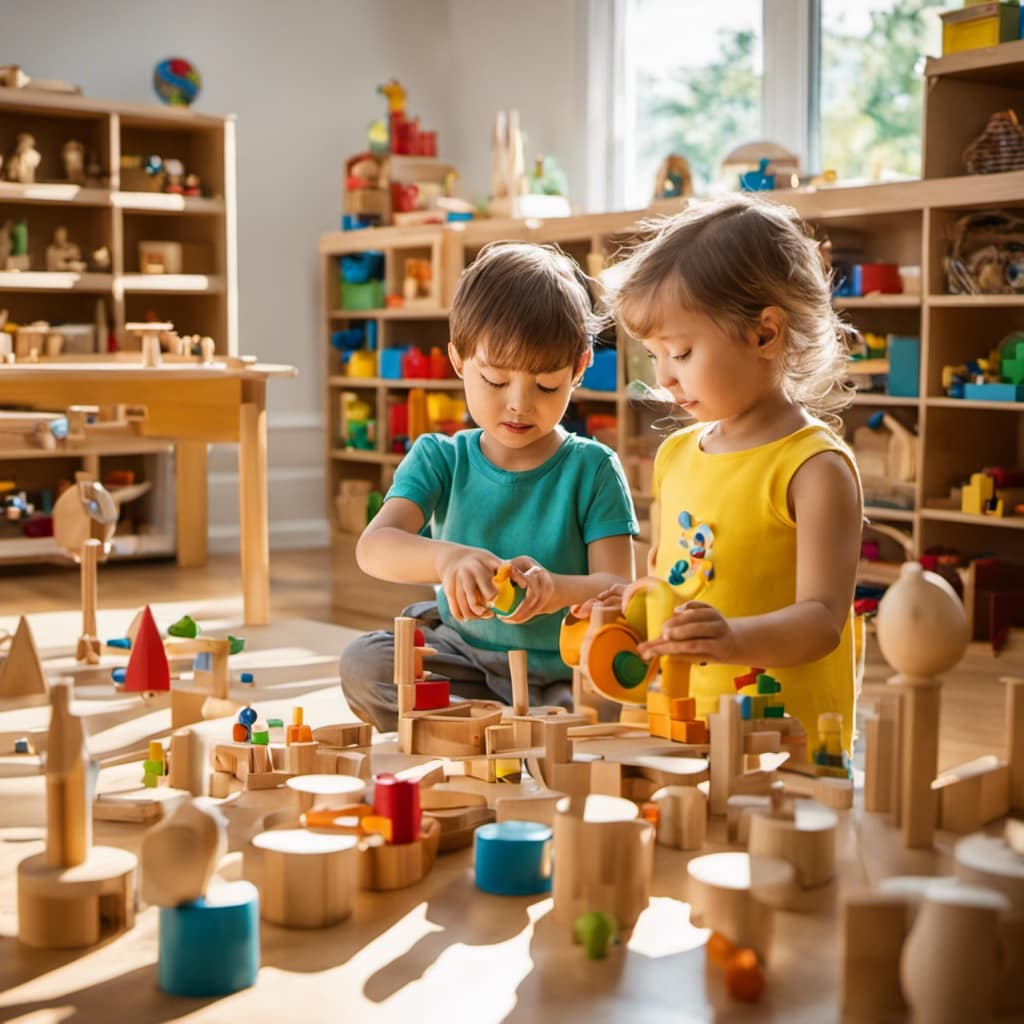
-
Surprise box rotation: Create a surprise box filled with toys that the child hasn’t played with for a while. This adds an element of surprise and anticipation.
-
Peer rotation: Swap toys with friends or family members to introduce new toys into the child’s playtime routine. This fosters social interaction and expands the child’s play experiences.
Follow Manufacturer’s Instructions
When rotating our child’s toys, it’s essential to follow the manufacturer’s instructions to ensure proper care and maintenance. These instructions provide valuable guidance on how to store the toys correctly, preventing wear and tear. Proper storage is crucial for the longevity of educational toys, as it helps to keep them in good condition and ensures they remain effective for learning purposes.
By following the manufacturer’s instructions, we can avoid potential damage that may occur if the toys are stored improperly. This may include keeping them away from direct sunlight, extreme temperatures, or damp areas. Additionally, the instructions may provide specific cleaning methods or guidelines for specific parts of the toy.
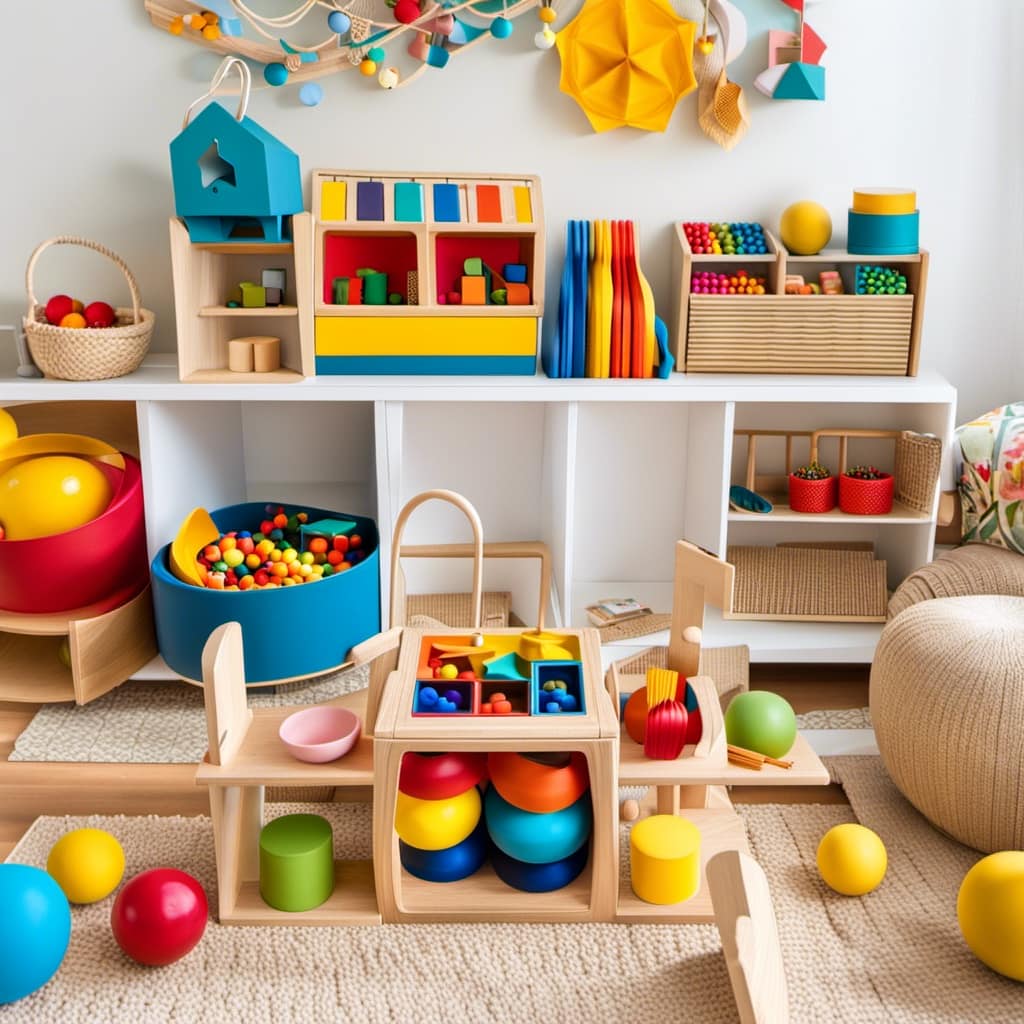
Use Non-Toxic Cleaning Solutions
Using non-toxic cleaning solutions is important for maintaining educational toys in a safe and effective manner. When it comes to cleaning your child’s toys, here are four reasons why non-toxic cleaning products and eco-friendly cleaning methods should be your go-to choice:
-
Safety: Non-toxic cleaning solutions ensure that harmful chemicals aren’t present on the toys, reducing the risk of your child being exposed to toxic substances.
-
Health: Eco-friendly cleaning methods help promote a healthier environment by minimizing the use of harsh chemicals that can cause respiratory issues or allergic reactions.
-
Sustainability: By choosing non-toxic and eco-friendly cleaning products, you’re contributing to a greener and more sustainable future for your child.
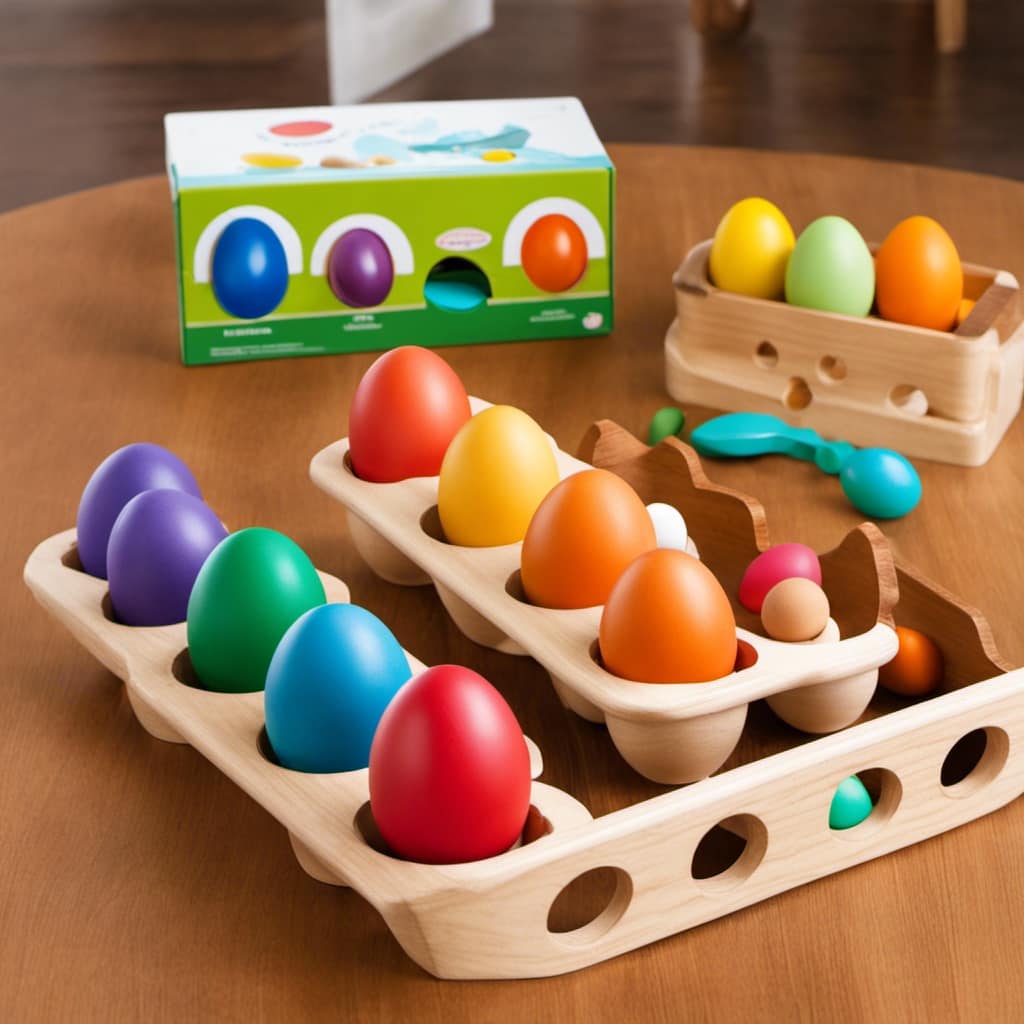
-
Longevity: Using non-toxic cleaning solutions can help preserve the quality and longevity of the educational toys, ensuring they remain in good condition for longer.
By prioritizing non-toxic cleaning products and eco-friendly cleaning methods, you can maintain your child’s educational toys while also protecting their health and the environment.
Now, let’s move on to the next section and explore how to disinfect toys when necessary.
Disinfect Toys When Necessary
Now let’s talk about the importance of disinfecting educational toys when necessary.

Ensuring that toys are free from germs and bacteria is crucial for maintaining a safe and healthy play environment.
In this section, we’ll discuss safe cleaning methods, the frequency of disinfection, and recommended disinfectant options to help you keep your educational toys clean and hygienic.
Safe Cleaning Methods
To disinfect educational toys safely, we use a non-toxic cleaning solution. Here are some safe cleaning methods to keep your toys clean and germ-free:
-
Use safe disinfectants: Look for disinfectants that are specifically formulated for toys and are safe for children. Avoid harsh chemicals that may be harmful to both the children and the environment.

-
Choose eco-friendly cleaning methods: Consider using natural cleaning alternatives such as vinegar and baking soda. These are effective in killing germs and are safe for children to play with.
-
Follow manufacturer’s instructions: Always read and follow the cleaning instructions provided by the toy manufacturer. Some toys may require specific cleaning methods to maintain their quality and safety.
-
Regularly clean high-touch areas: Pay special attention to high-touch areas like handles, buttons, and surfaces that come into direct contact with children’s hands. Regularly cleaning these areas will help prevent the spread of germs.
By following these safe cleaning methods, you can ensure that your educational toys remain clean, safe, and ready for use.
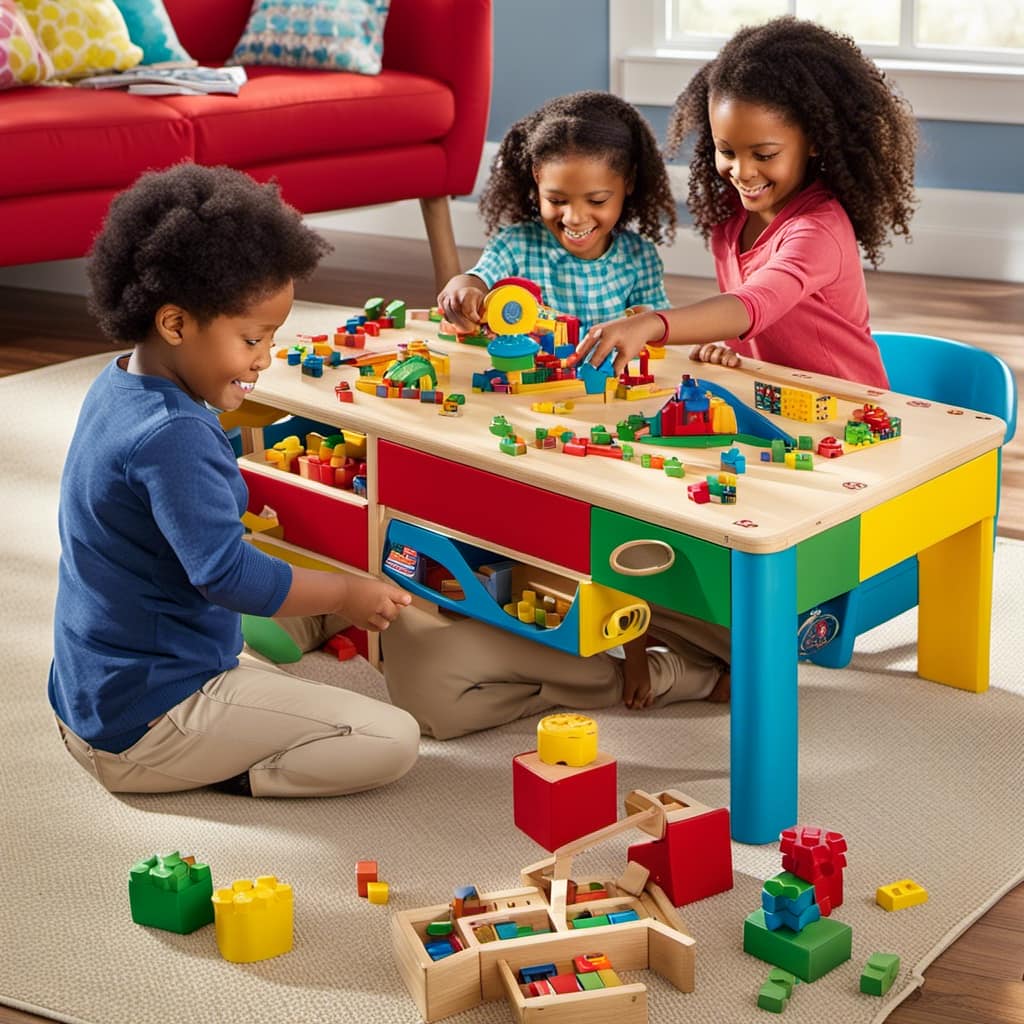
Now, let’s discuss the frequency of disinfection.
Frequency of Disinfection
We recommend disinfecting educational toys as needed to maintain their cleanliness and safety. It’s important to follow recommended disinfection methods and guidelines to ensure the effectiveness of the process.
The frequency of disinfection will depend on various factors, such as the environment in which the toys are used and the number of children handling them. Generally, it’s recommended to disinfect toys at least once a week, especially if they’re shared among multiple children or used in public spaces.
However, certain situations may require more frequent disinfection, such as when a child is sick or when the toys have been visibly soiled. By adhering to proper disinfection practices and following the recommended frequency guidelines, you can help keep educational toys clean and safe for children to enjoy.
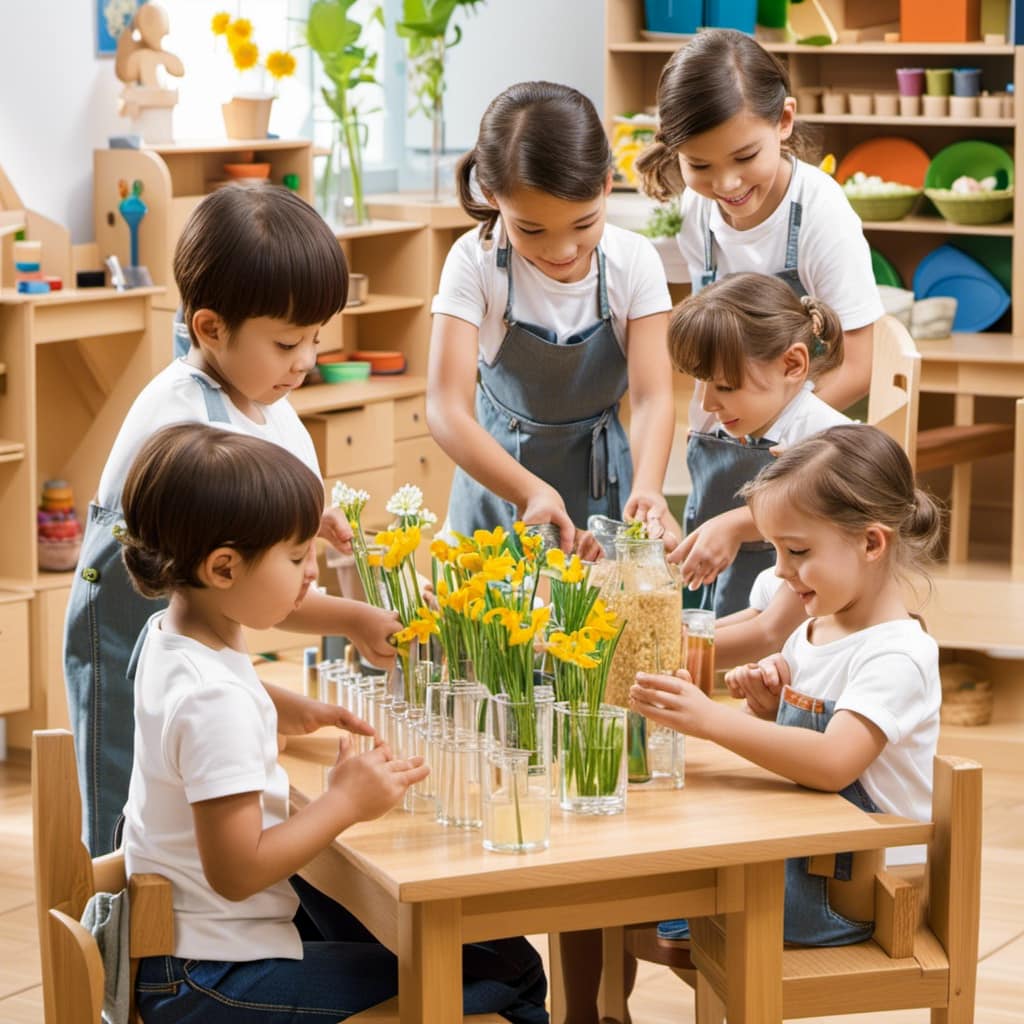
Recommended Disinfectant Options
When disinfecting educational toys, it’s important to consider the recommended options for effective cleaning and safety. Here are some safe disinfectant options and natural cleaning alternatives that you can use:
-
Vinegar and water solution: Mix equal parts of white vinegar and water to create a gentle yet effective disinfectant for your educational toys. This solution is safe and non-toxic, making it suitable for children of all ages.
-
Hydrogen peroxide: Dilute hydrogen peroxide with water in a 1:1 ratio to create a powerful disinfectant. It’s effective against bacteria and viruses and can be used on a variety of educational toys.
-
Mild soap and water: For toys that can’t be submerged in liquid, using a mild soap and water solution can help remove dirt and germs. Simply mix a small amount of mild soap with warm water and use a cloth or sponge to clean the toys.
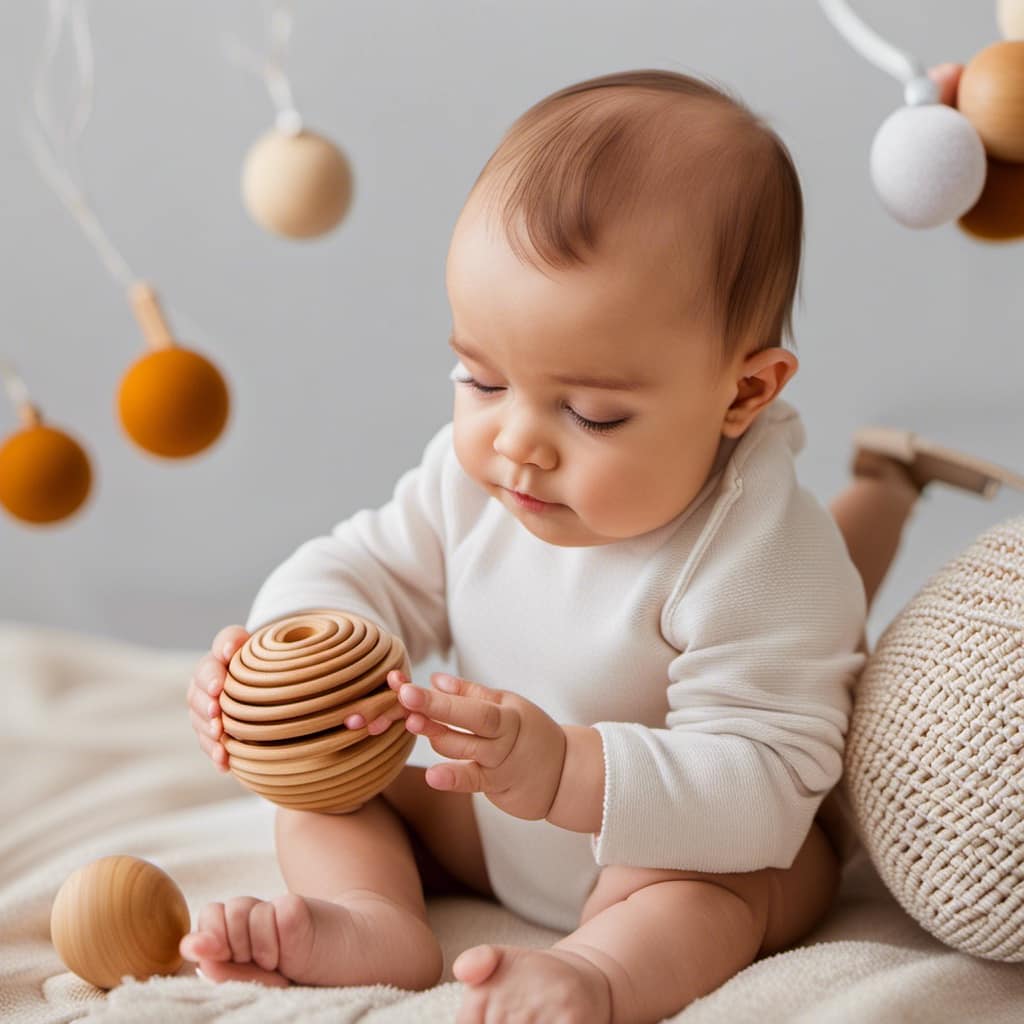
-
Disinfectant wipes: Look for disinfectant wipes that are specifically designed for use on children’s toys. These wipes are convenient and provide a quick and effective way to clean and disinfect educational toys.
Remove Batteries Before Cleaning
Proper maintenance of educational toys requires the removal of batteries before cleaning. This is an important step to ensure safe cleaning practices and to maximize the lifespan of the toys.
Removing the batteries before cleaning helps prevent any damage that may occur due to water or cleaning solutions coming into contact with the electronic components. It also reduces the risk of accidents, such as accidental activation or short circuits, during the cleaning process.
By taking the time to remove the batteries, you can clean the toys more thoroughly without worrying about damaging them or compromising their functionality.
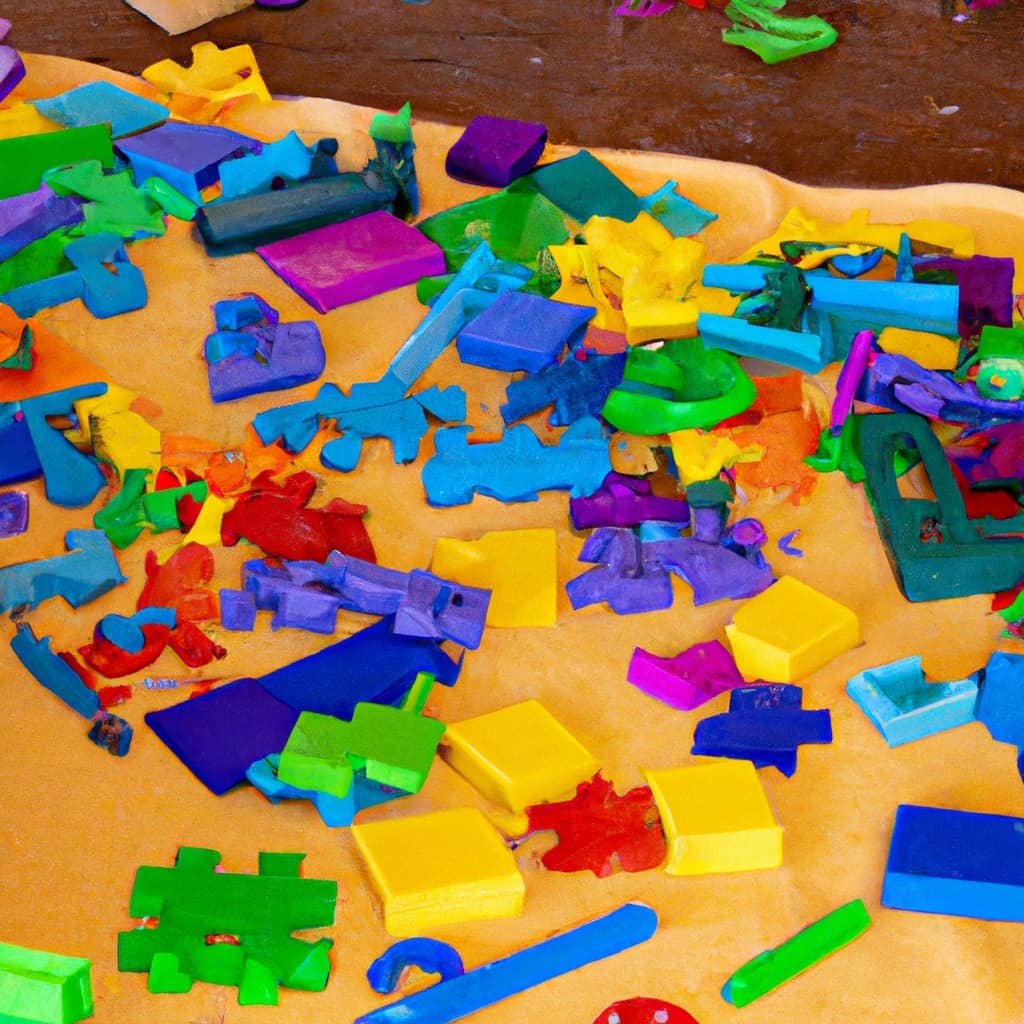
Teach Children Proper Toy Care Habits
To ensure the longevity and functionality of educational toys, it’s important to instill in children the habit of properly caring for their toys. By teaching responsibility and developing organizational skills, we can help children understand the value of taking care of their belongings.
Here are four tips to help teach children proper toy care habits:
-
Encourage regular cleaning: Teach children to clean their toys after each use, promoting cleanliness and preventing the spread of germs.
-
Teach gentle handling: Emphasize the importance of treating toys with care to prevent damage or breakage.

-
Demonstrate proper storage: Show children how to store their toys in designated places, promoting organization and reducing clutter.
-
Set a good example: Be a role model by taking care of your own belongings, teaching children the importance of responsibility and respect.
Frequently Asked Questions
How Often Should Educational Toys Be Inspected?
We should inspect educational toys regularly to ensure they are in good condition and safe for use. Cleaning practices for educational toys should also be followed to maintain hygiene and prevent the spread of germs.
Can I Use Regular Cleaning Products to Clean Educational Toys?
We recommend using mild, non-toxic cleaning products when cleaning educational toys. Regular cleaning products may contain harsh chemicals that could potentially damage the toys. It’s important to prioritize the safety of children.
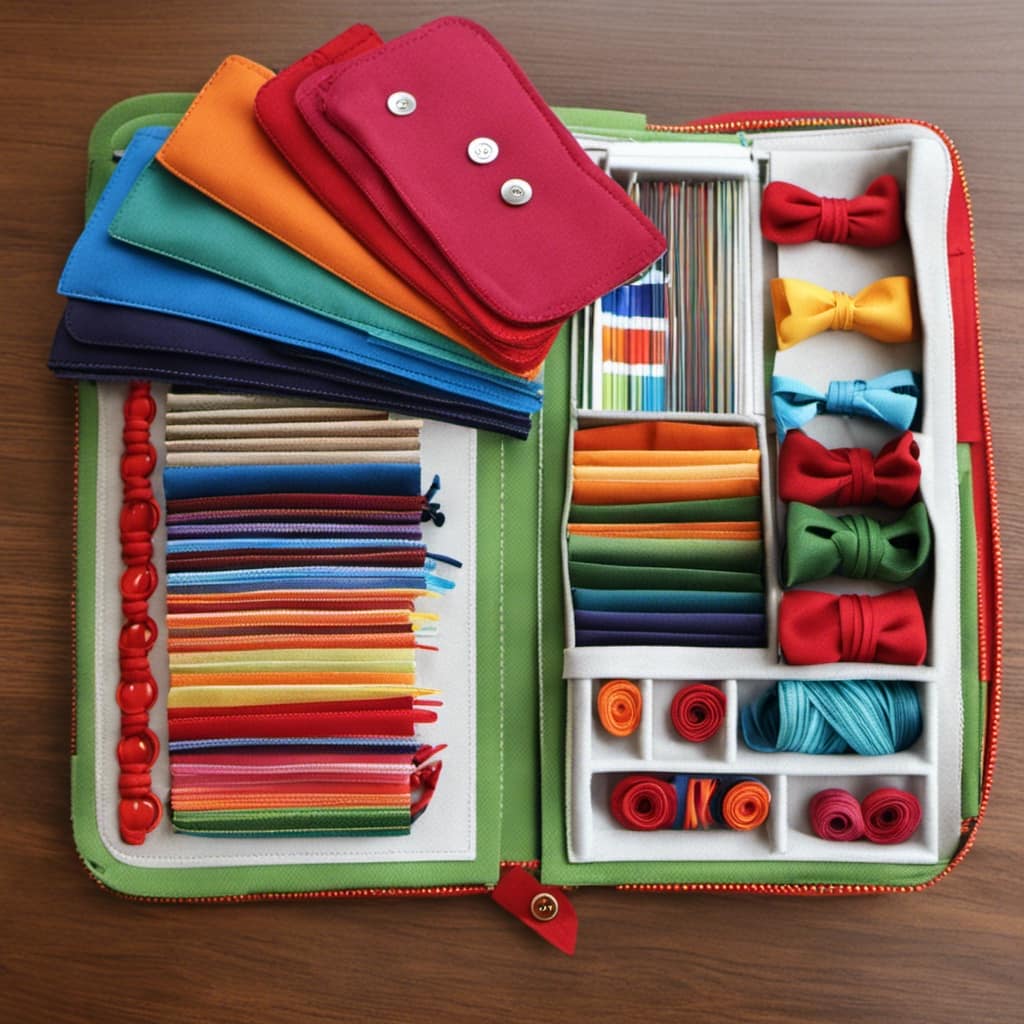
What Should I Do if I Find Loose or Damaged Parts in Educational Toys?
If we find loose or damaged parts in educational toys, it is crucial to prioritize toy safety and take immediate action. We should remove the toy from use and seek appropriate repairs or replacements to ensure continued safe play.
How Can I Prevent Educational Toys From Getting Damaged by Moisture?
To prevent moisture damage, we can use cleaning techniques like wiping with a dry cloth, storing toys in a dry place, and avoiding exposure to water. These steps help maintain the quality of our educational toys.
Are There Any Specific Instructions From Manufacturers Regarding the Maintenance of Educational Toys?
Yes, manufacturers provide cleaning instructions and recommendations for proper storage. Following these guidelines will help maintain the educational toys and ensure their longevity. It’s important to keep them in good condition for continued learning and enjoyment.
Conclusion
In conclusion, maintaining educational toys is essential for their longevity and ensuring a safe play environment for children.

Regularly inspecting and cleaning toys, avoiding harsh chemicals, and storing them properly can help prolong their lifespan.
Checking for loose or damaged parts, using non-toxic cleaning solutions, and teaching children proper toy care habits are also important.
By following these tips, parents and caregivers can ensure that educational toys continue to provide valuable learning experiences for children.

